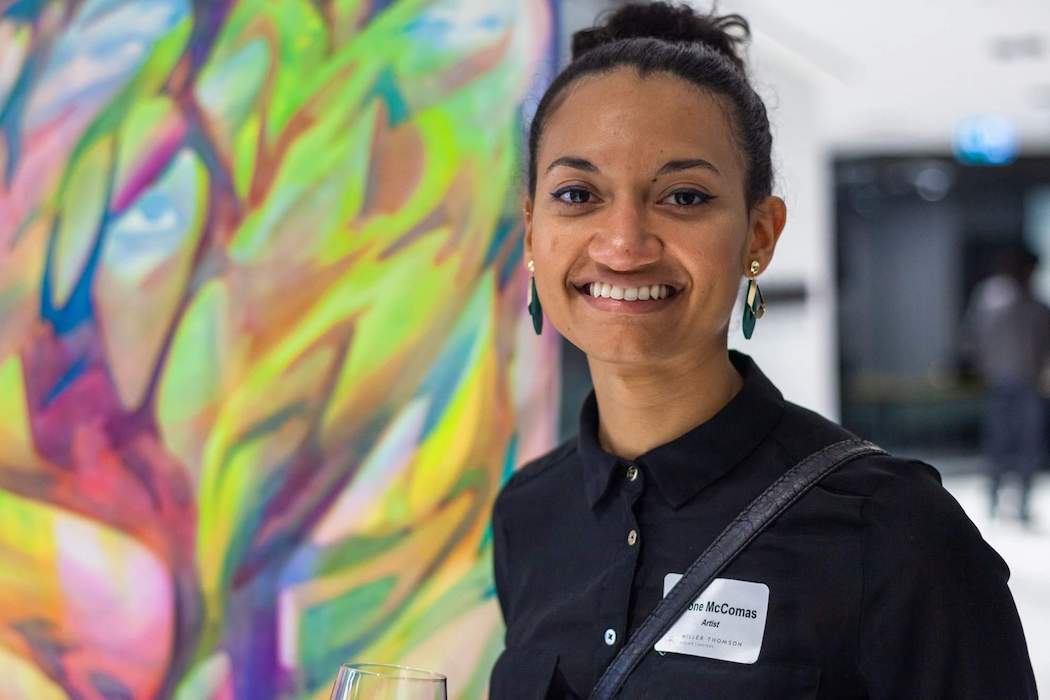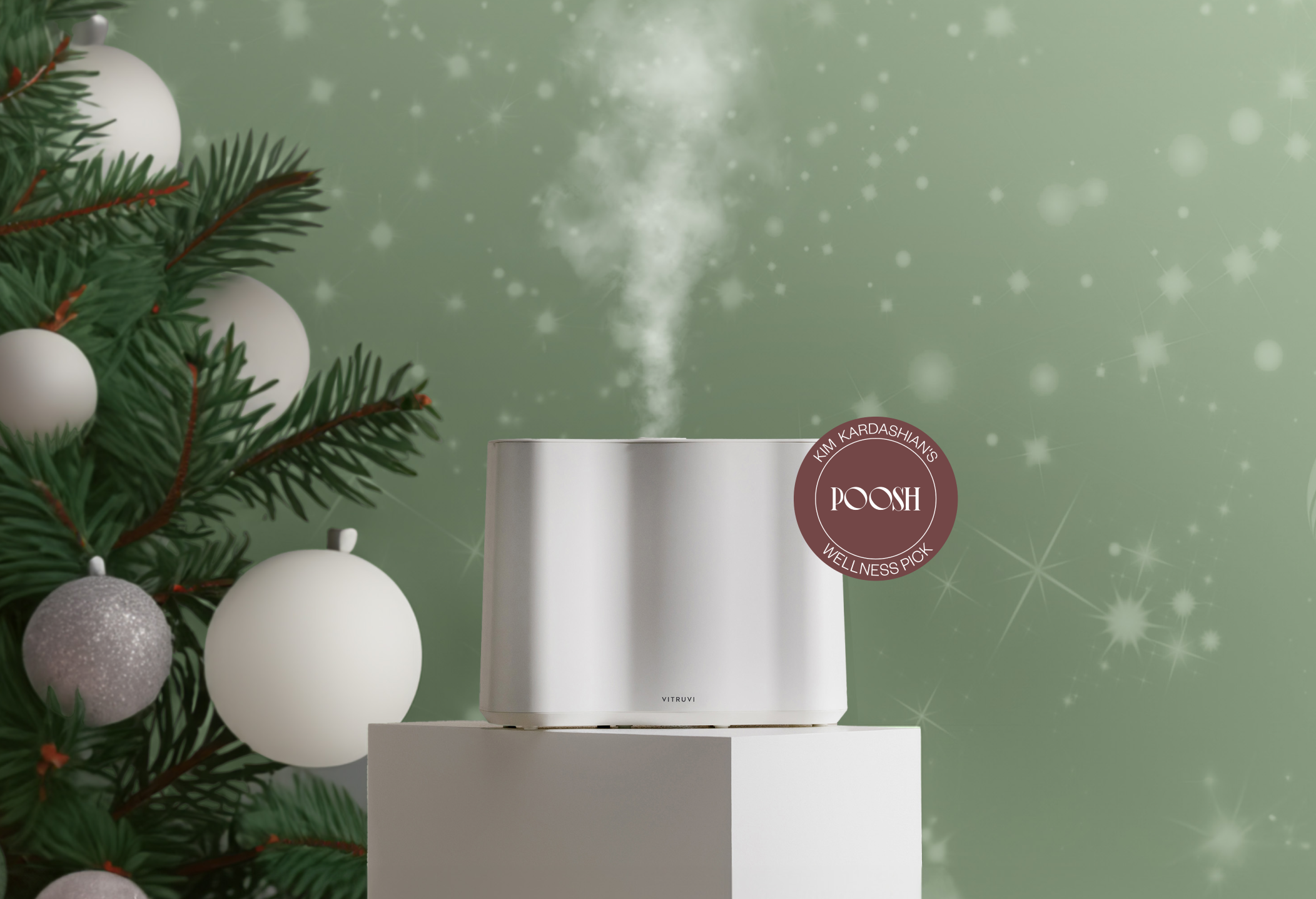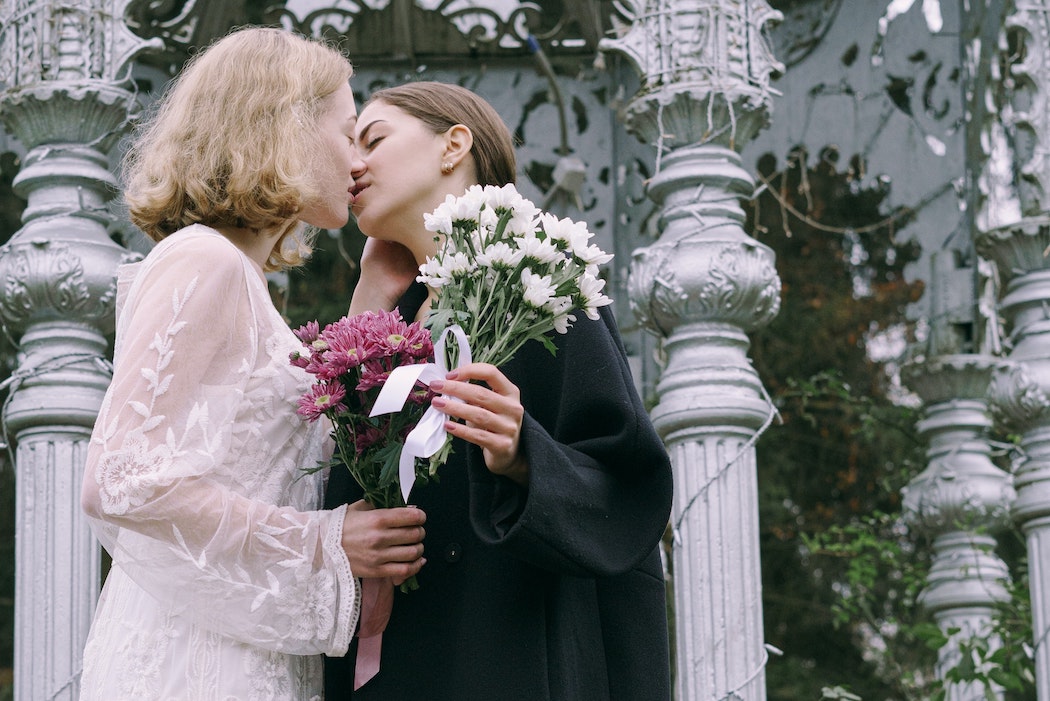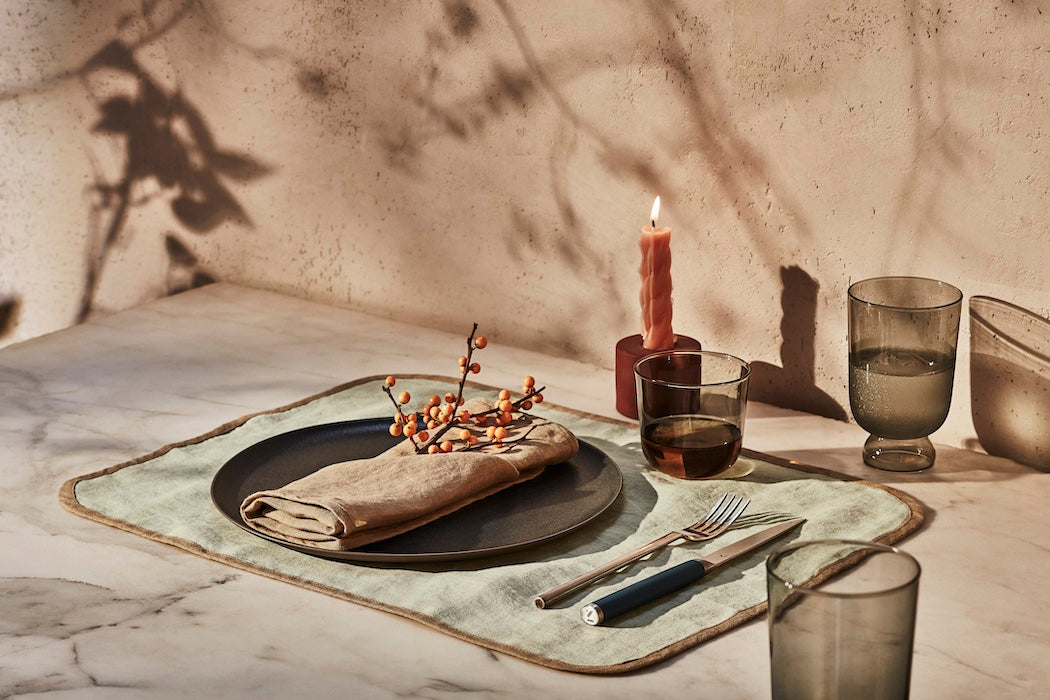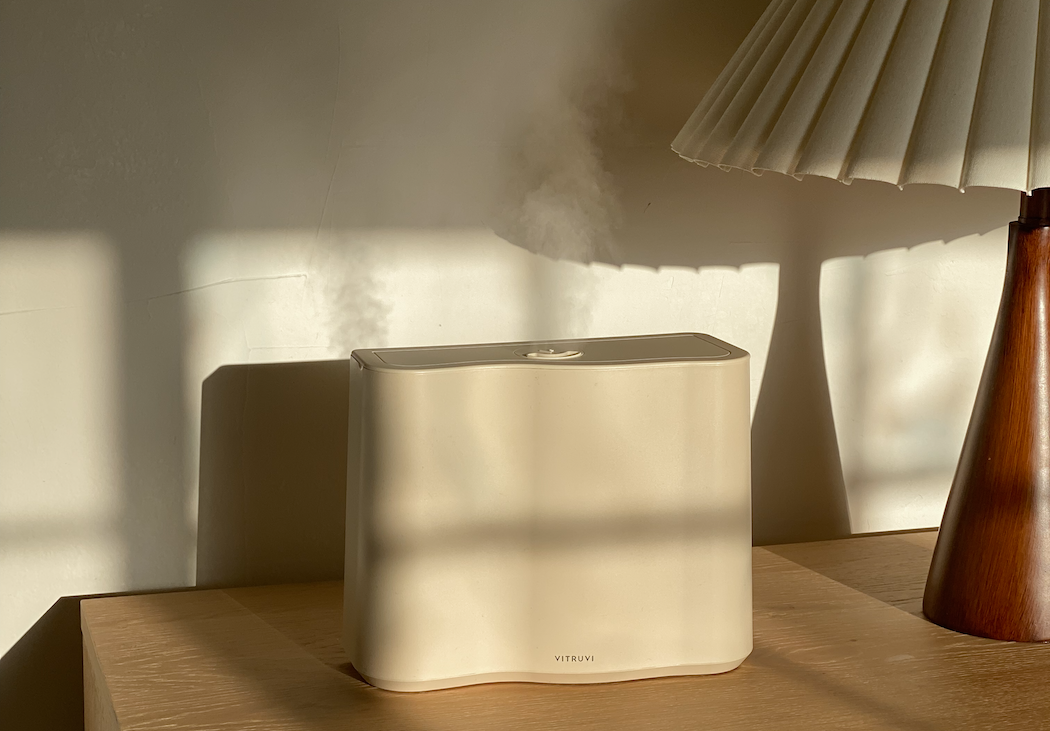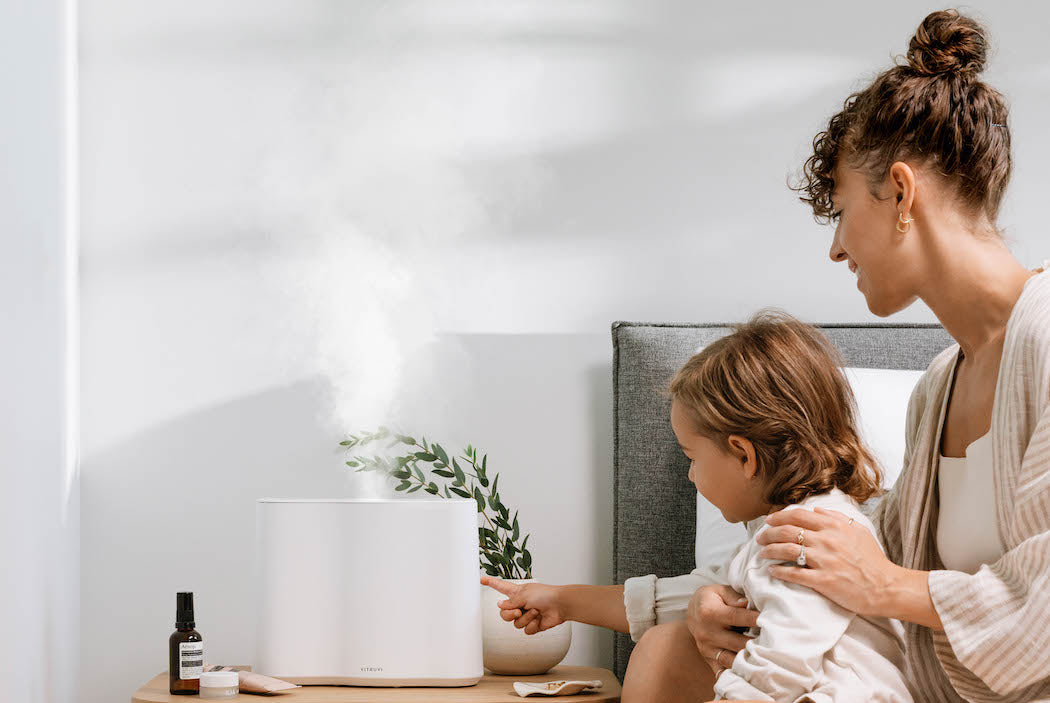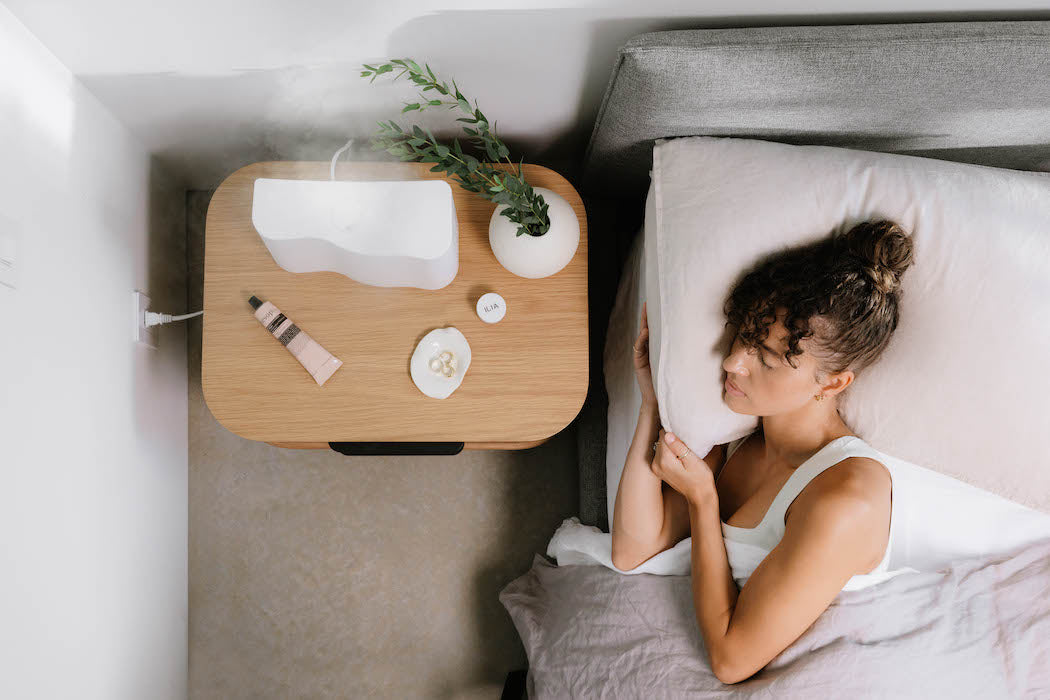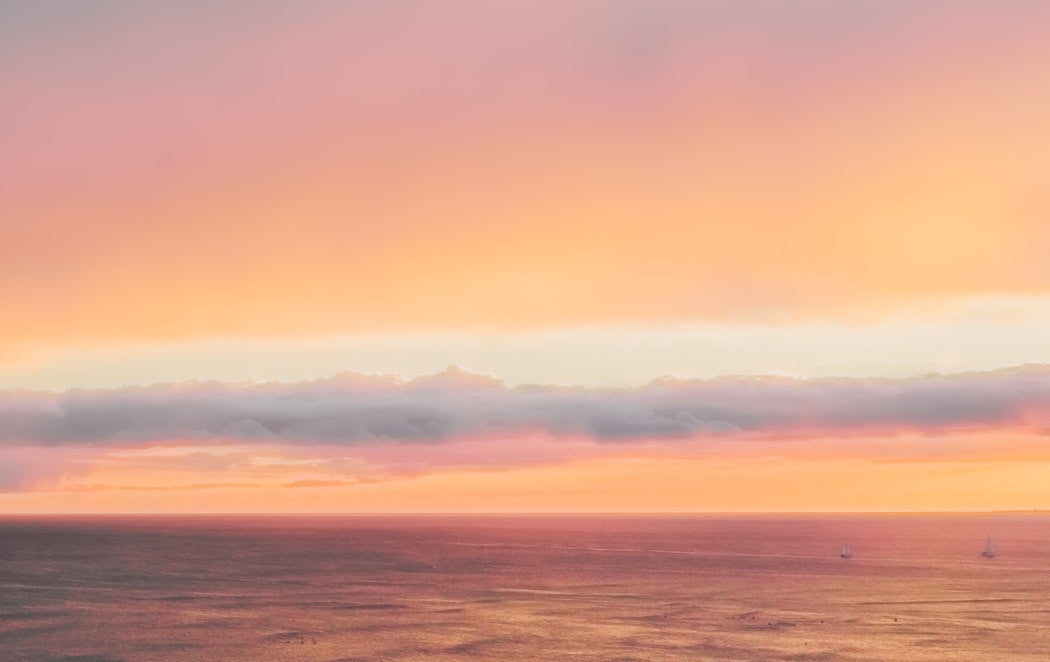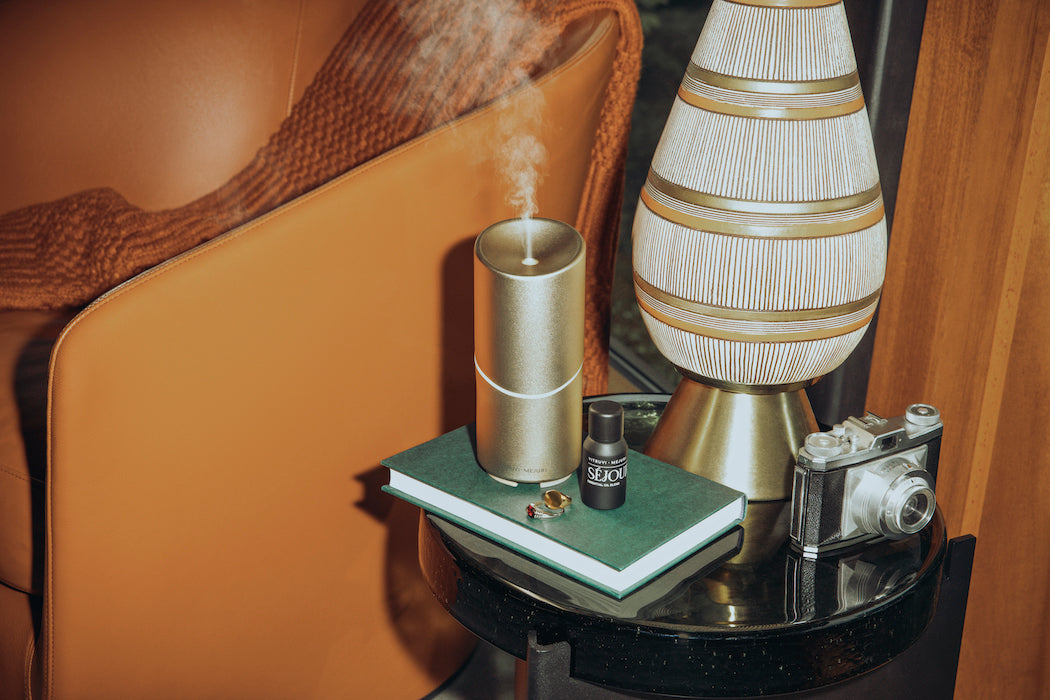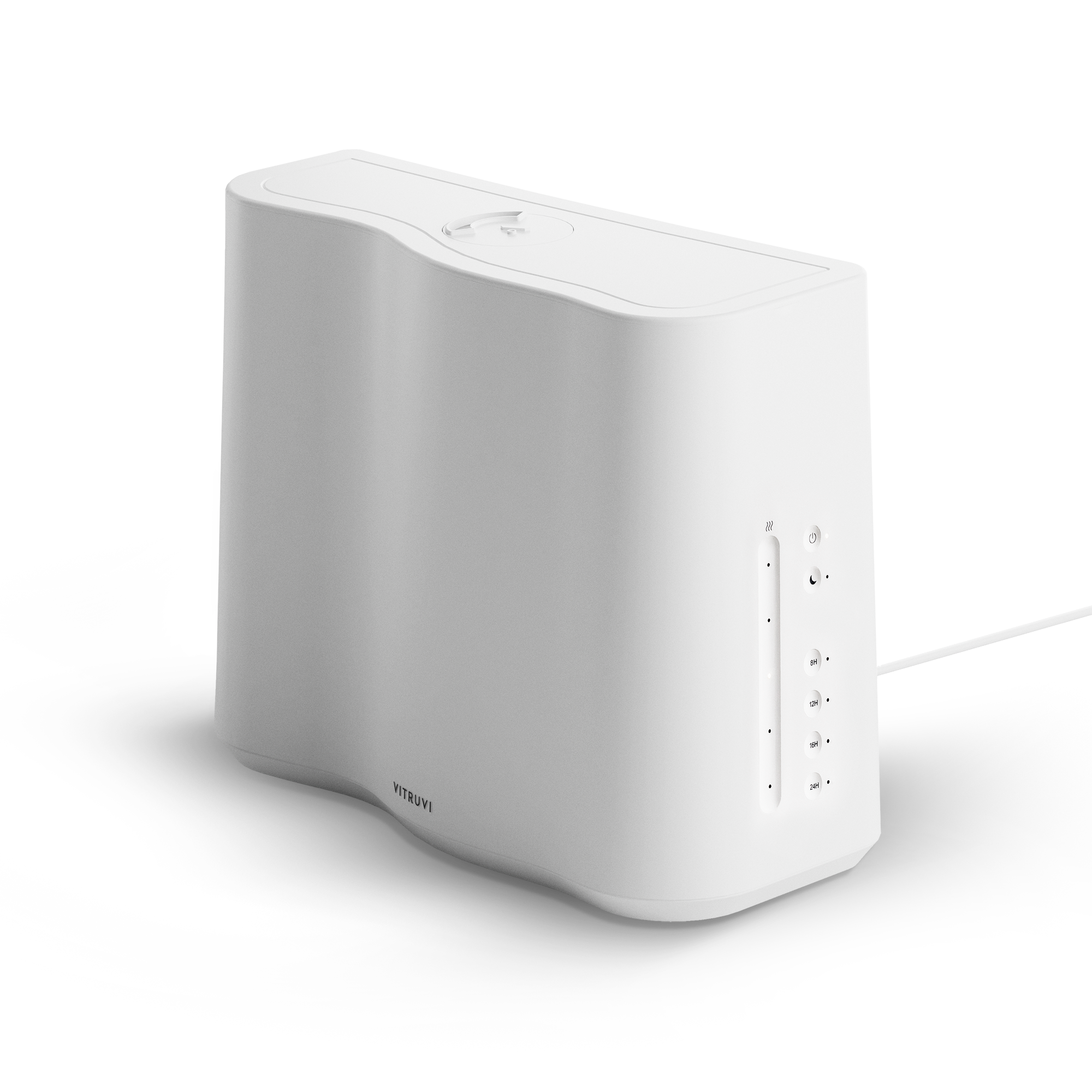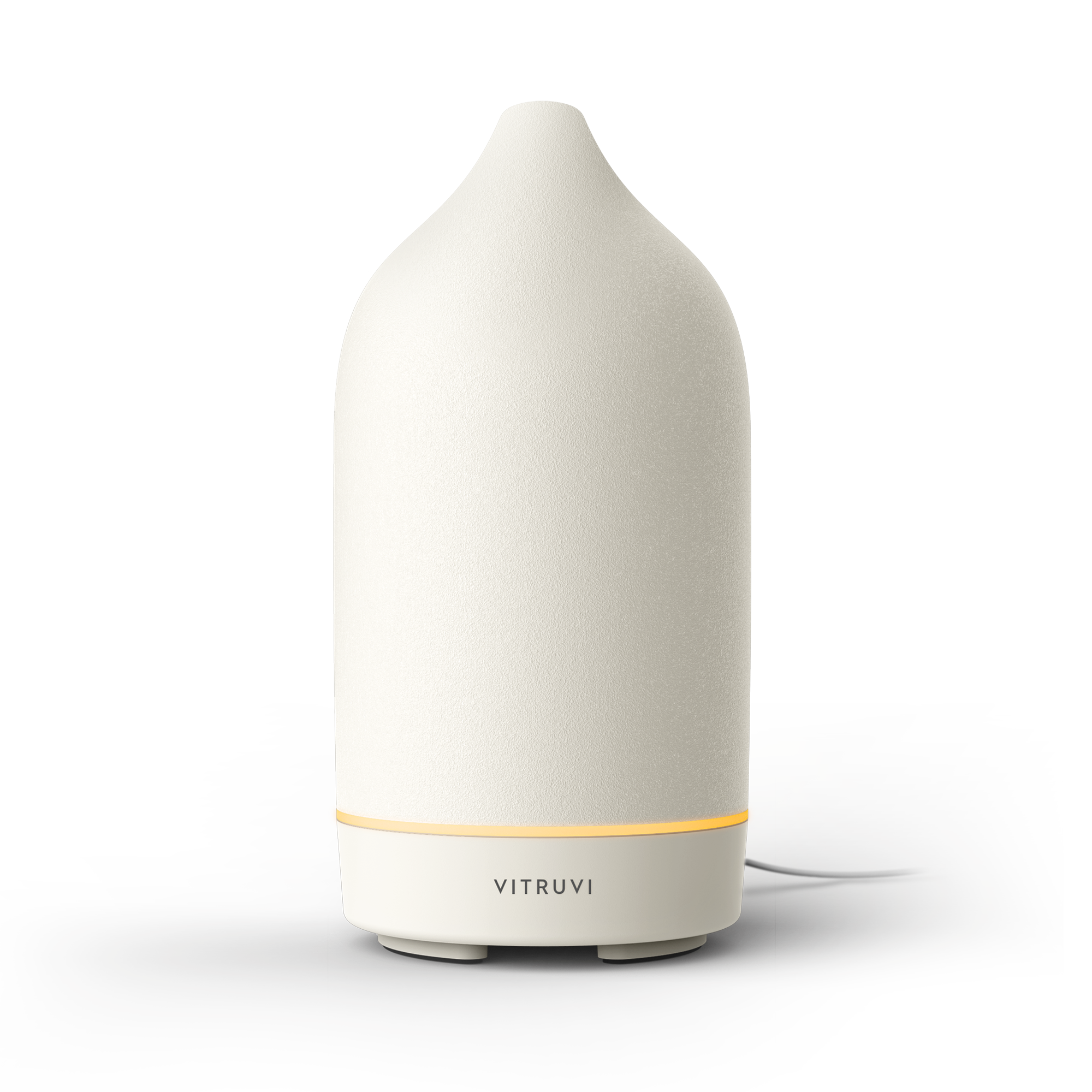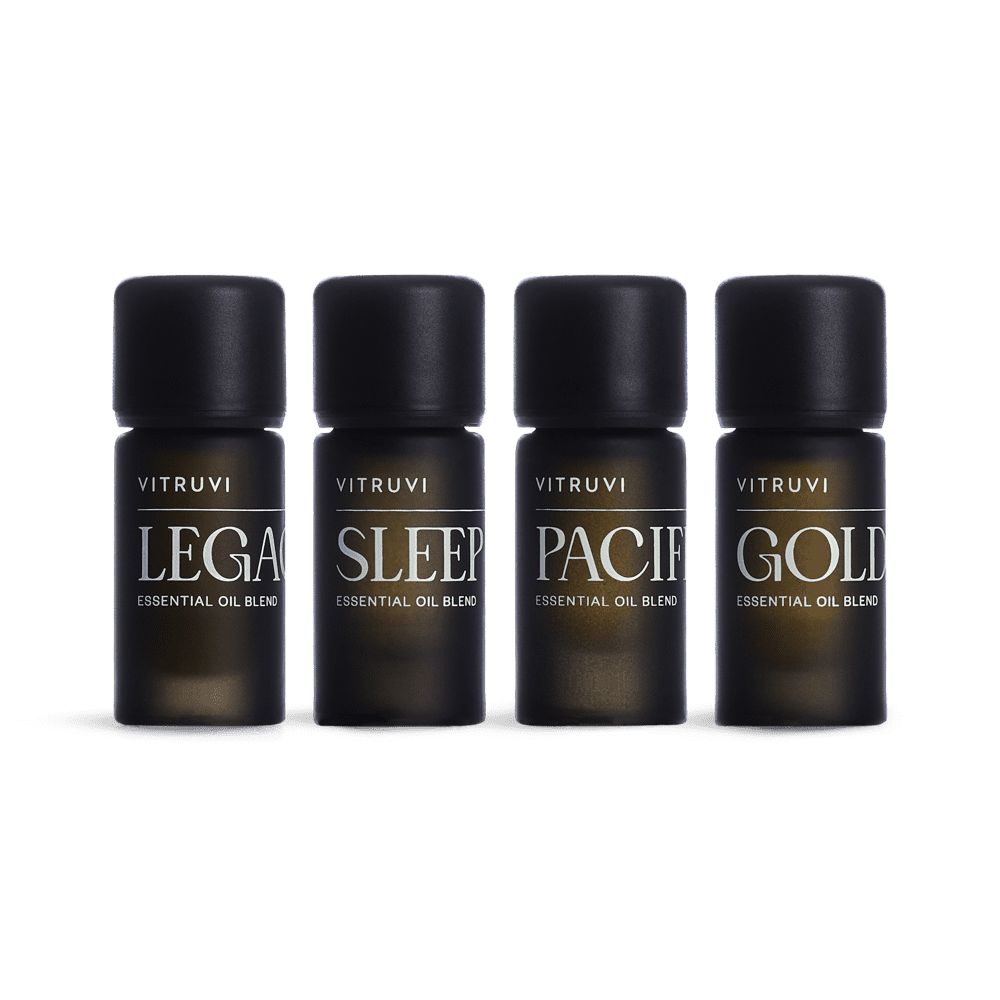Painting is how Leone McComas both processes and escapes the world. In her studio she is truly at home, able to channel her ideas, her questions, her hunches—really, herself—into her bold yet restrained strokes of paint.
Born in London and now based in Toronto, McComas explores an array of self-aware themes in her work, from masculinity and femininity, to spirituality, to race. Her pieces are vibrant and bold, unafraid of colour but conscious of its boundaries; they have an ethereal quality and a strong point of view, but they also suggest a humble unknowing. Over video from Toronto, McComas reflects on identity and perspective, both in art and in life.
To start off, how are you feeling right now?
It’s been an interesting couple days. This whole COVID situation—there will be moments where everything is good, and moments where I’m trying to sort through a lot. I think the last couple of days have been a bit like that.
Do you find you’ve been productive during the pandemic shutdown? Is it easier or harder to get work done?
It should be more productive because you have more time, but I find things like stress really mess with your creativity. So I think over COVID there have been a lot of issues focusing, a lot of issues trying to not have my mind be so far in the future. Which is so important—you need to be present. So it took a while to get into that stream of thinking.
Have you always known that you wanted to pursue art?
I’ve always wanted to make artwork for a lot of people. And I think you enter different seasons in your life and you’re around different people and you kind of get ushered in different directions, but that fascination with art has always been there.
How did you develop your artistic style?
I’ve always been kind of relaxed on that front because the way it’s been explained to me is that your voice is always there, and it’s just covered up with convention or things that you think have to be done a certain way. But a lot of our voices are just in our preferences. So what do you paying attention to? What’s your focus on? What’s your perspective? Someone might stress over the weird way they draw hands, but is there something to it that speaks to the way that you see hands or you experience hands or you want hands to be expressed? I would say your voice is something that you’re continuously going back to, so it says something about what you’re experiencing at that time. It’s all part of storytelling, I think.
What are some of the perspectives that you want to convey in your work?
I think it changes. The best way I can explain it is that I’ve realized that art’s a really great way to explore certain themes in my life.
The most recent was Black & Reflective. It was really a series where I could invite someone into my space and talk about identity. Because I understood that I knew it from my own perspective, but I didn’t necessarily know it from theirs. There’s a whole spectrum of experiences when it comes to Black identity: you’ve got people who come from Africa and come straight to America, and they’re dealing with the Black-American identity or dealing with being perceived as Black Americans; and then you’ve got the Black-American experience where you’re completely removed from your history because of slavery, and so you’re trying to situate your own identity within North American culture and systematic oppression. Everyone was kind of experiencing this from different perspectives and trying to navigate their identity within that. And I felt that, too, as someone who’s half-Nigerian and half-Canadian. What does it mean to be Black? Or what does it mean even in that spectrum? I technically belong to each camp, but am I able to be identified in either camp? What perspective can I bring to the table that helps answer some of the unanswered questions?
It ended up being this situation where I’m going through it and learning from everybody and trying to paint it, and then I’m coming up against big questions with myself, like: who am I to really speak on it? Where is the line and the boundary between their story and my depiction? Where does that line begin and end? As an artist it was really difficult because you’re like, “This is my painting! But it’s not my story. And it’s not my job to tell somebody’s story, either. So what role do I play in this?” But it was a really insightful experience.
How do you feel right now as a Black woman in Canada?
It’s interesting. I think the thing with identity is that we tend to make it seem like you’re just one thing, or maybe three things attached together. So if I were to say what my experiences are as a Black woman in Canada, I would say it’s kind of a very small spectrum of what I’m feeling.
I would say I feel like there’s this burden, a kind of liberation from that burden, but then also a very specific burden.
I feel like I’m in a position where maybe I have to explain a lot of things, and I’m in a position where suddenly all these things to do with racism and experience that I don’t really want to have to drag up or to examine in my own life, I’m having to examine. And then I feel a liberation because at this time it’s really important for me not to also be overwhelmed with trying to unpack those things; I don’t think that’s fair. And I think the space that’s being created for the right conversations to be had is quite liberating, so it’s twofold.
As a woman, I don’t even know. I don’t know about that one. And then being in Canada you’re like, “How does this play out, basically, in my environment? In my circles?” I’m seeing what’s happening in the US—I’m beginning to understand on a deeper level how their system is really stacked against them, and then understanding how that system also plays a part in Canadian systems. So it’s learning the ways these things are inherent in a lot of the systems that I’m navigating in.
When asked that last question, you said it’s a small spectrum of what you’re feeling right now. Is there any other part that you’d like to talk about?
When you said that, I just thought it was important to put that out there because I think right now when we think about identity, I think we tend to latch onto certain things and that becomes our entirety. I think that’s part of the thing I was trying to explore with my Black & Reflective series: I wanted to shed light on the fact that sometimes it’s just such a small fraction of who we are, but then it becomes the only way that people perceive us. And there’s this backwards thing where it’s the only way we feel we can express ourselves.
I would say that my faith is such a huge part of my identity. I really feel like it frees me from a lot of this segmenting. They talk about it as having your identity in Christ, and I’m like, “Well, what does that mean?” At this time it just means that you’re adopted already, and not to sound really frilly, but sort of one of the biggest things I’m thinking about right now is that you act from a place of acceptance, not from acting for acceptance. So that’s one of the ways that it affects the way that I navigate things: from a place of acceptance.
So art is a good way for you to explore and unpack some of those big questions or ideas in your life.
It’s actually a huge thing. Just being able to go into the studio is massive, because it’s your own space. I remember I was going through a really stressful time in my life, and when things were getting out of control, I’d just escape to my studio. That’s the quiet time where I’m just focusing on making, and I think through the process of just being in one place and focusing on one task, you’re able to flow. I would say I use art to hold onto those nudges that I get, and then when I get that nudge I unpack it through painting. So each one is really me focusing on one area, and then if it needs it, I’ll do another painting. That’s how I end up making my series. Each question might lead to another question, until I get a sense of resolution. And then I move on.
If you have a practise where you can reflect, or if you have time where you can reflect and go through all the things that you’re experiencing and process them, that’s mega. It’s a huge part of my self-awareness.
Do you know when a painting is done, or could you keep finessing it forever?
My favourite part about a painting, especially when it’s a good one, is it’s usually done before it even starts. You lay down a couple blocks and then you’re like, “Oh my gosh!” And then you’re going through the painting, and there’s a very specific time where the painting basically has a life of its own.
This interview has been edited and condensed.

